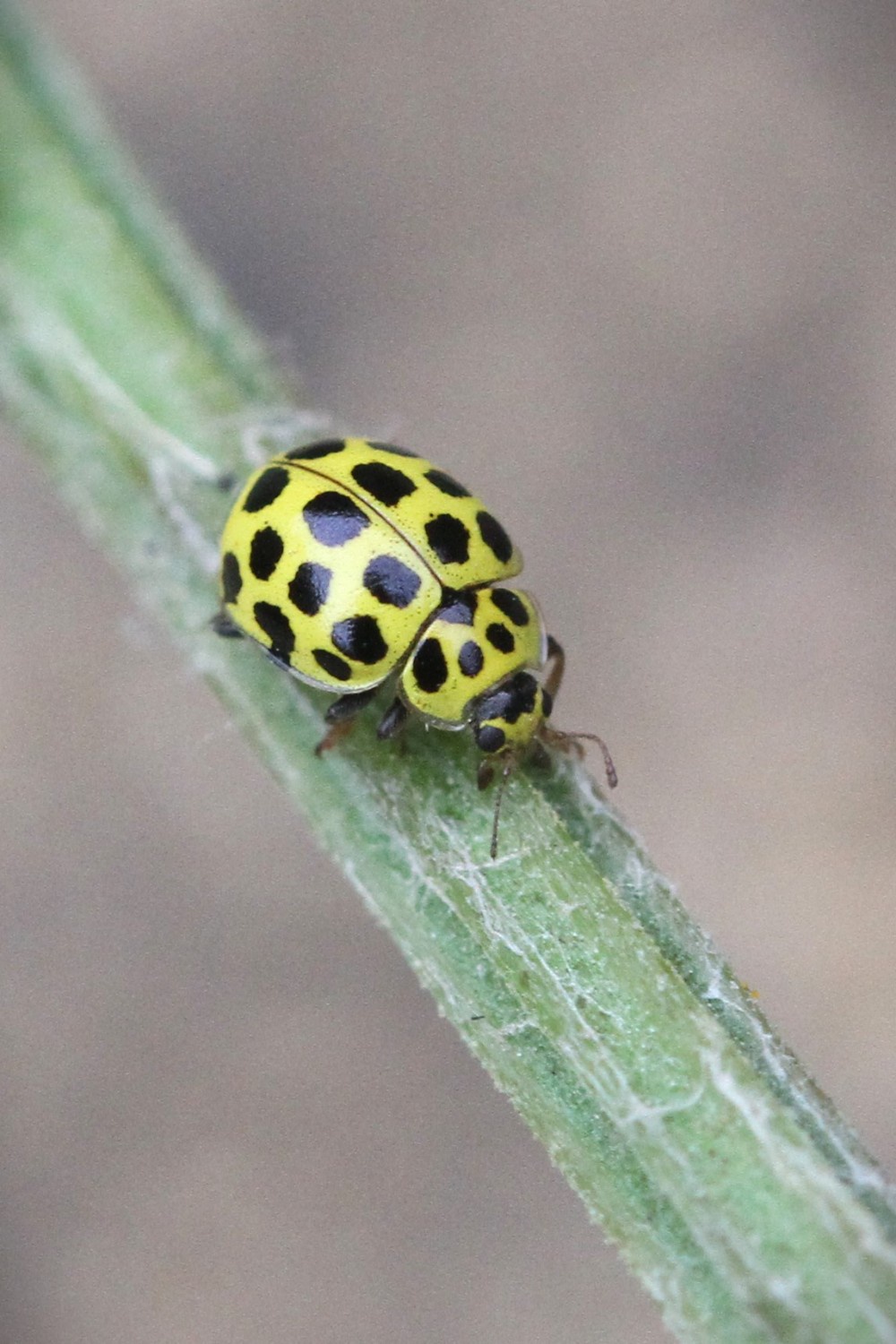As a new year approaches, NHSN Senior Naturalist, James Common, takes a closer look at your finds and shares the results of the 2022 North East Ladybird Spot
From the Northumberland coast to the hills of the Durham dales, you did an incredible job finding and recording ladybirds in 2022. Thanks to you, we now know more about North East ladybirds than ever before and day by day, your sightings continue to reveal new information about the distribution and ecology of these colourful insects in our region.
With 2023 soon to be upon us, now seems like the perfect time to look back at another successful year for the North East Ladybird Spot and explore your exciting discoveries and surprising finds over the last twelve months.
Feeling inspired? Remember, the North East Ladybird Spot continues in 2023. Taking part is simple and everyone can help.
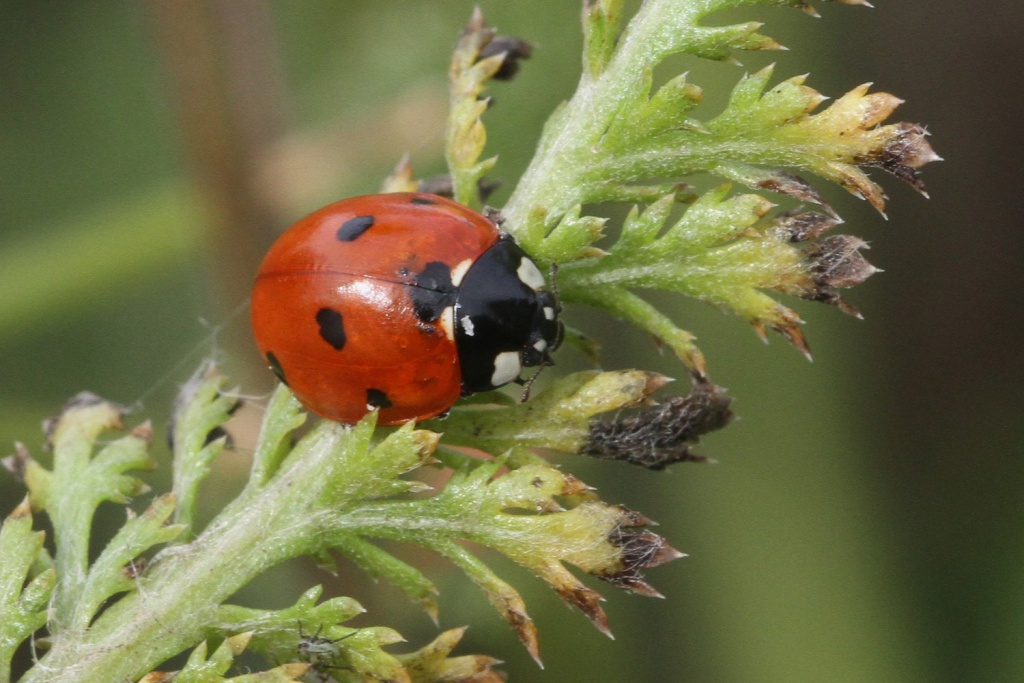
A look at the numbers
In total, 117 local recorders shared 2,350 records as part of the North East Ladybird Spot this year.
Unsurprisingly, your most spotted species was the familiar 7-Spot Ladybird with 518 sightings. You also shared 411 sightings of the Harlequin Ladybird and 172 sightings of the declining 2-spot Ladybird.
At the other end of the spectrum, you did a fantastic job recording a host of scarce species too with 25 records of Adonis’ Ladybird and 47 sightings of Water Ladybirds to name just two.
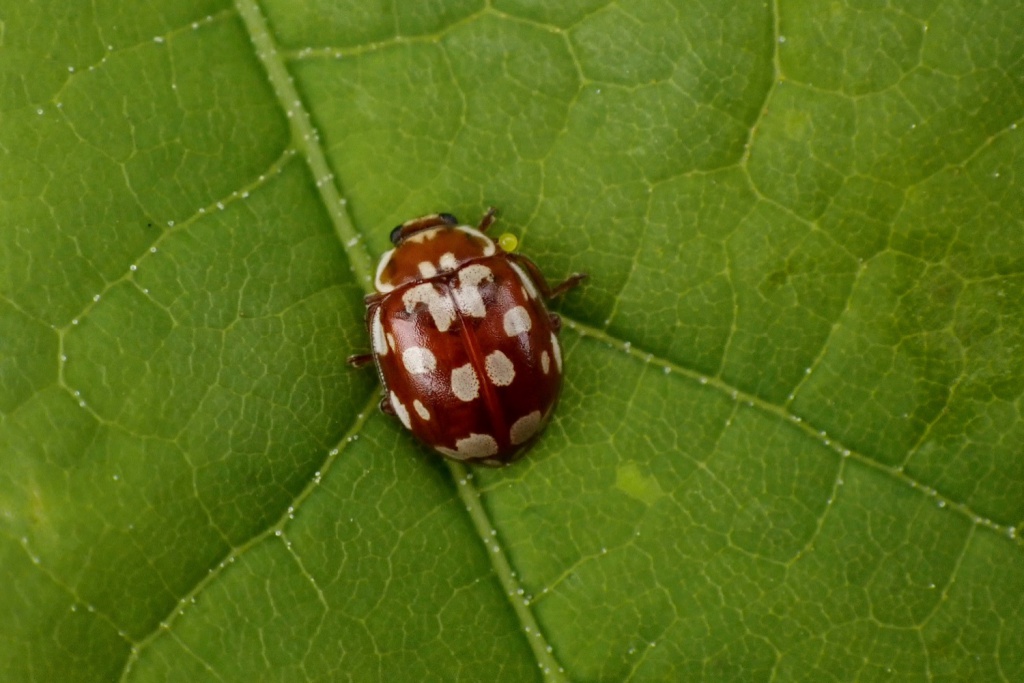
Notable discoveries
Together, you made lots of noteworthy discoveries in 2022.
Formerly very poorly recorded, the specialist 18-spot Ladybird was discovered at 12 new sites and Heather Ladybird was encountered for the first time in Northumberland since the 1980s.
In Tyneside, Cream-streaked Ladybird, a new species to the UK, was spotted for the first time in South Northumberland, and you spotted the rare Hieroglyphic Ladybird in County Durham – one of only two records as part of the project so far!
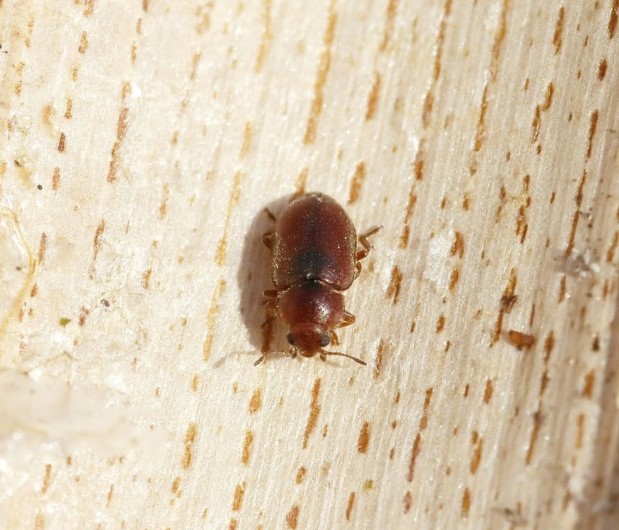
The small but mighty
Your discoveries did not stop at the North East’s large and obvious ladybirds. This year, you encountered many of our inconspicuous ladybirds too!
In Tyneside, Epaulet Ladybird was found for the first time in the North East and the elusive Spotted Marsh Ladybird was observedat Gosforth Nature Reserve.
Elsewhere, you shared lots of sightings of Pine Scymnus and Meadow Ladybird and added what is only the second regional record of Black Scymnus.
With many more species out there to find, what will you encounter in 2023?
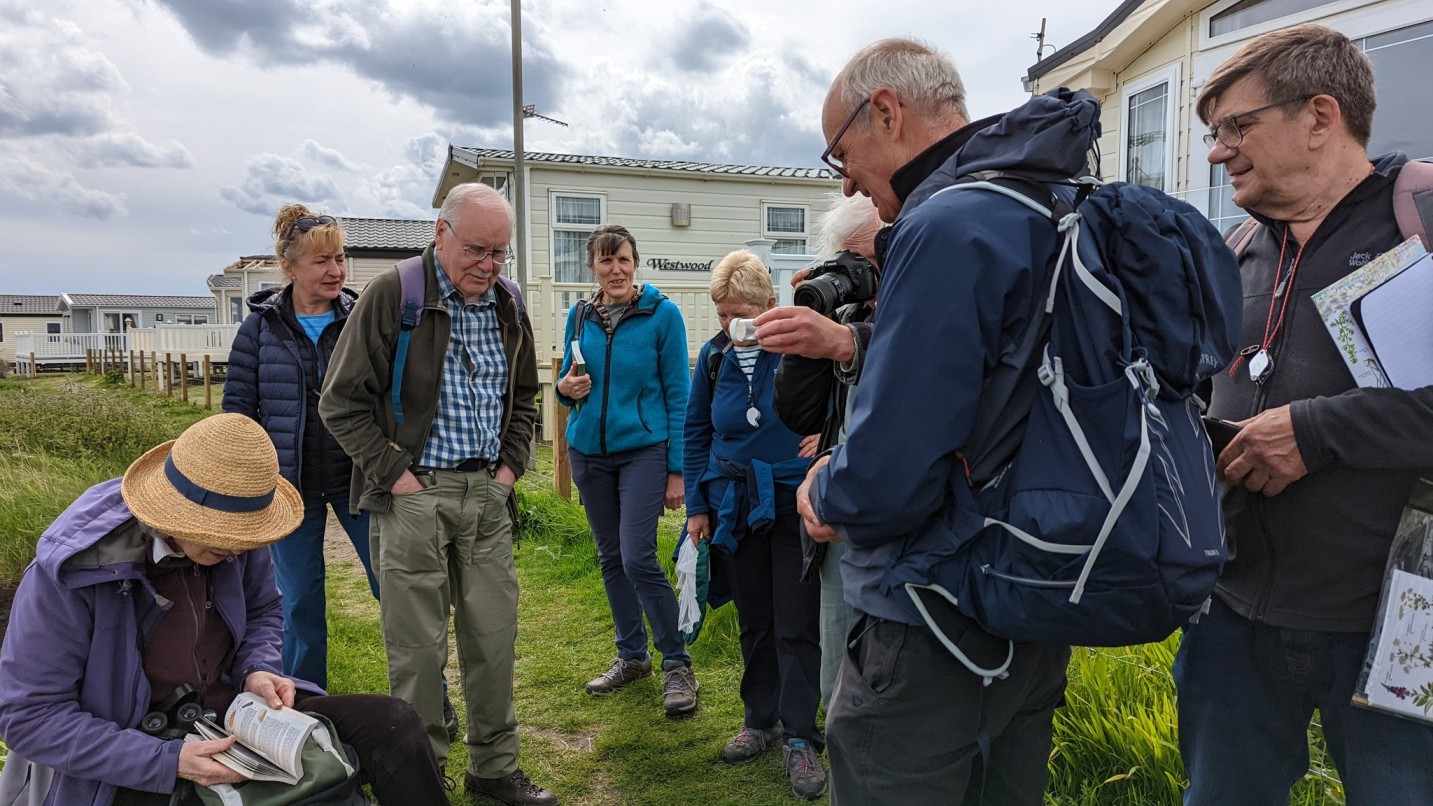
Shared experiences
In 2022, local naturalists came together for a fantastic range of trips and events. In total, ladybirds were enjoyed at three invertebrate bioblitzes, ten dedicated walks and surveys, and even a special online event.
Together, you visited Newbiggin on the coast and Hepple inland, explored urban ladybirds in Jesmond and Walker, and as part of a special survey, visited a host of cemeteries across County Durham and Northumberland.
With new courses and events planned for 2023, and more opportunities on the horizon, there’ll be lots more to come next year.
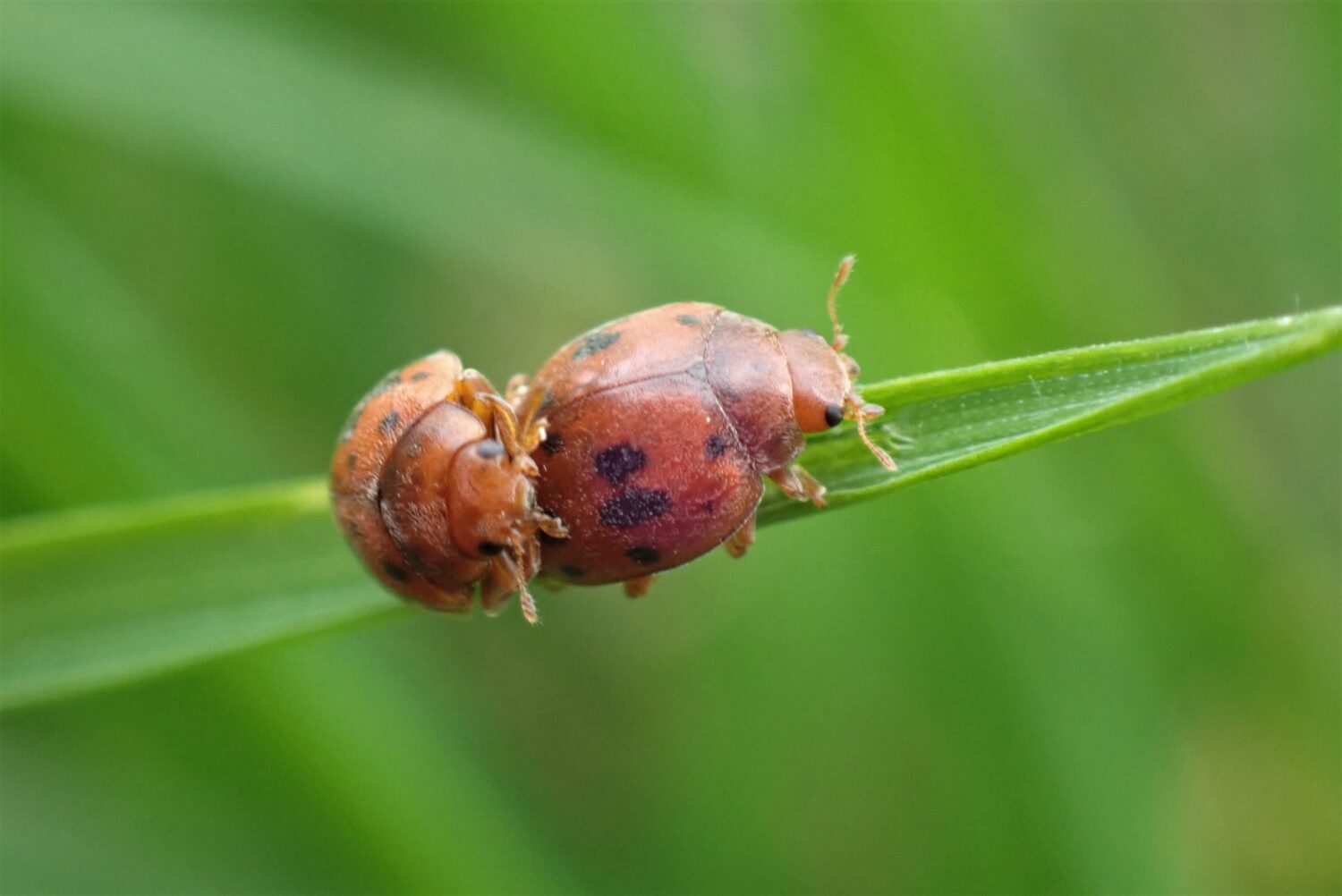
Spreading the word
This year, news of the North East Ladybird Spot traveled further than ever before and your sightings, photos, and articles inspired people across the length and breadth of Britain.
In total, online resources about ladybirds were visited over 20,000 times and a host of new videos were watched on 4,000 occasions.
Your discoveries were also published in British Wildlife by the UK Ladybird Survey.
Join the North East Ladybird Spot ›
You can help monitor and protect the North East’s ladybirds.
Shared with national experts, your sightings help inform conservation efforts for these important beetles.
Join the North East Ladybird Spot today to make a difference for these colourful insects. Taking part is fun, easy, and makes a real difference.
